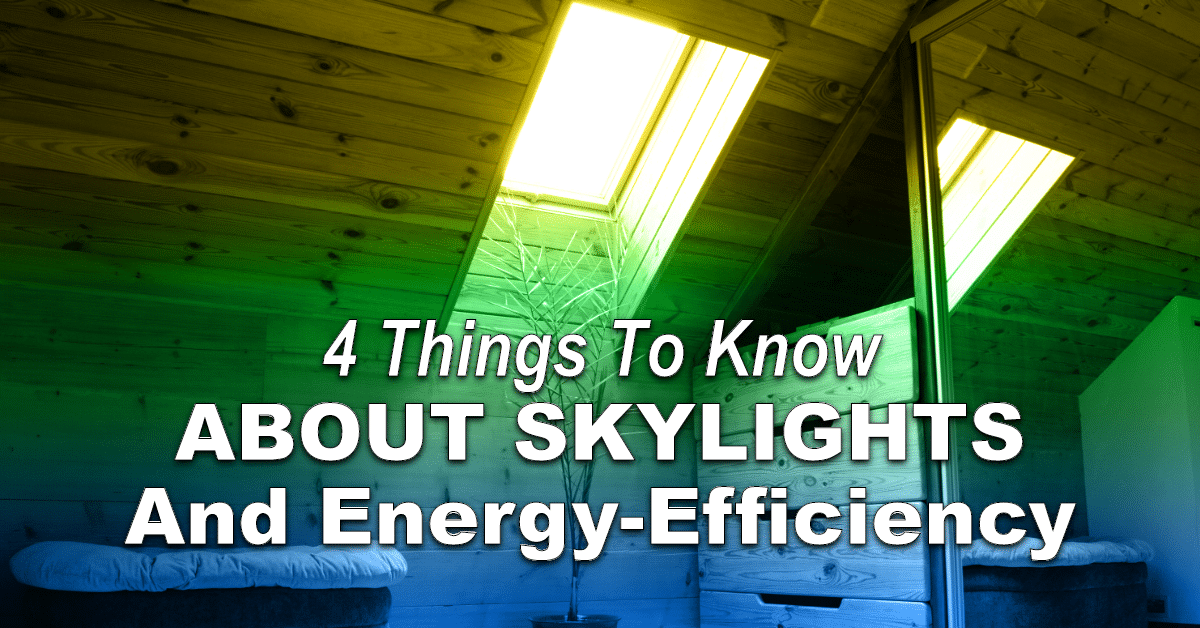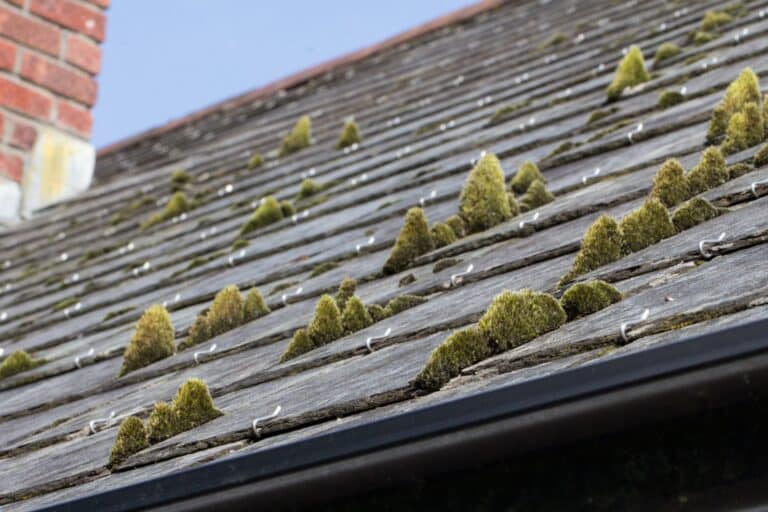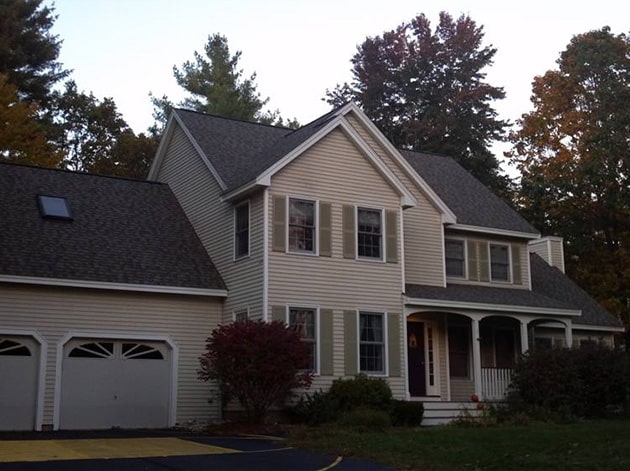There is a common misconception that skylights can heat your home in summer and make it colder in the winter. The truth is, with proper installation, energy efficient skylights can help you save significant money on energy bills.
Besides improving the quality of light in your home, skylights provide energy efficiency year-round. To reap these benefits, you need to choose your skylights carefully and have a professional install them. Here are four things you need to know about skylights and energy efficiency.
1. Lower Dependence on Electricity
Skylights add natural light to your home, so you won’t have to use lights as much. Additionally, skylights with correct flashing can help keep your home cooler or heat your home more naturally. However, you need to purchase an energy-efficient skylight, and one way to know is to check for the energy star label.
2. Artificial Light Gives Off Heat
Using artificial light during the summer could cause your AC to work harder, increasing your electricity bills. By investing in skylights with tinted glass, you can let in natural light while reducing the amount of heat energy coming into your home through your skylights. The subtle tint typically absorbs solar heat, reducing heating and cooling costs during hotter summer months.
3. Looking at Energy Ratings
You can check the energy performance ratings of skylights to understand their potential energy efficiency. The National Fenestration Rating Council (NFRC) tests, certifies and rates the energy performance of windows, including skylights. ENERGY STAR qualifies skylights based on solar heat gain coefficient and U-factor ratings.
- U-factor is the rate at which the skylight transmits non-solar heat flow. NFRC U-factor ratings represent the entire skylight performance, including glazing, spacer material, and frame. The lower the product’s U-factor rating, the more efficient it is.
- Solar heat gain coefficient or SHGC, is the fraction of the sun’s radiation passing through the skylight. It’s either absorbed or transmitted directly, which subsequently releases heat inside your home. The lower the SHGC rating, the less solar heat the skylight transmits and the higher its shading ability.
An experienced skylight installer will evaluate your home’s climate, external shading, and orientation to determine the optimal SHGC rating for your skylights.
4. Have the Correct Size
Another critical determinant of a skylight’s energy efficiency is its physical size. It affects the temperature and illumination level of the space. If your room has multiple windows, the skylight size should be no more than 5% of the floor area. For rooms with few windows, the percentage jumps up to 15% of the floor area.
It’s essential to work with an experienced skylight installer to help you choose the right product for your home. Wrong products and incorrect installation are often why many people think skylights are not energy efficient. If you’re considering new skylights for your home, Adam Vaillancourt Roofing is your trusted partner in the Southern New Hampshire and Northern Massachusetts areas. Contact us today to schedule your consultation or request an estimate!




